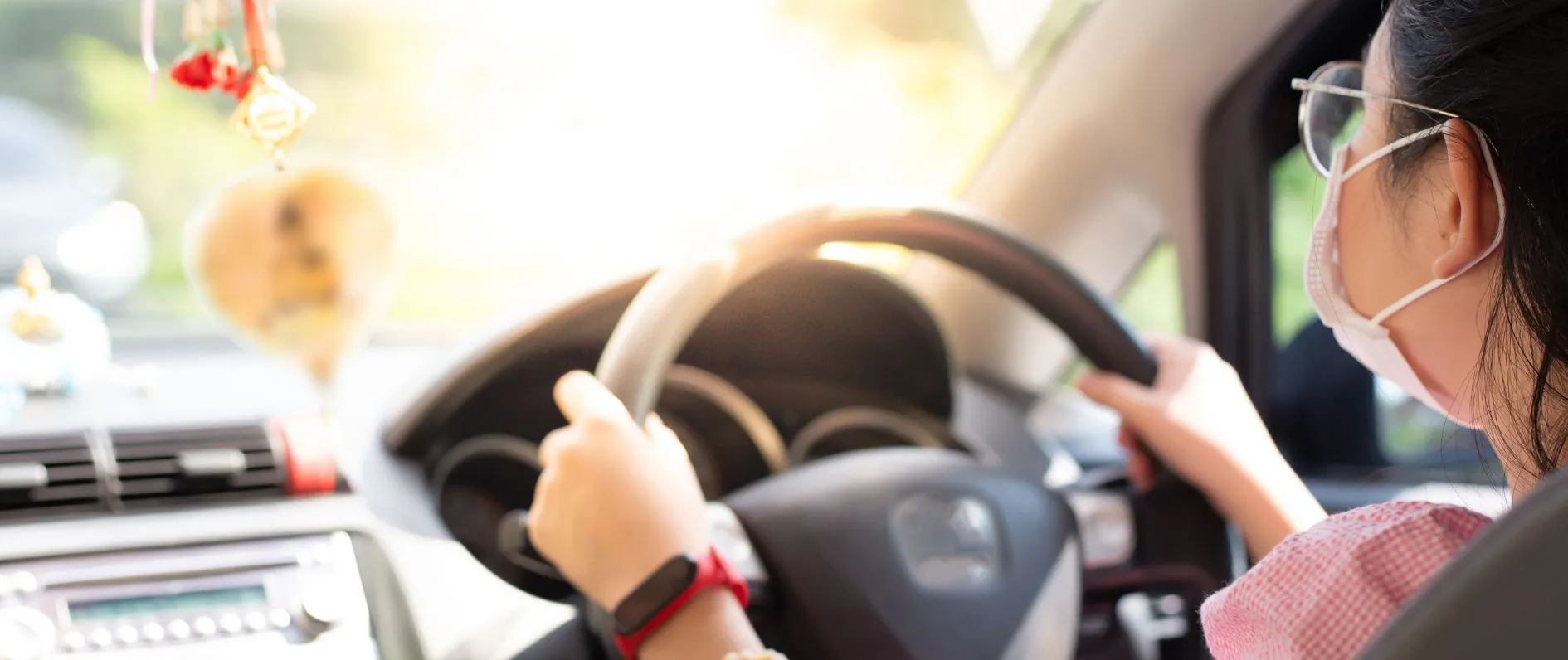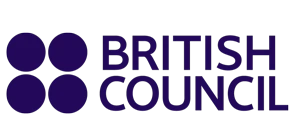Driving in the UK is both a fascinating and practical experience for international students, professionals, and visitors. With its mix of historic roads, modern motorways, and strict safety standards, the UK driving system is unique compared to many countries. But did you know that rules can differ slightly between England, Scotland, Wales, and Northern Ireland? This guide covers everything you need to know—from quirky traditions to important legal differences.
Driving on the Left

One of the most famous facts about UK driving is that cars drive on the left-hand side of the road. The driver’s seat is on the right-hand side of the vehicle, which can feel unusual for those coming from right-driving countries like the US or most of Europe. Interestingly, the UK is not alone in this—countries like Australia, Japan, and India also drive on the left.
Speed Limits Across the UK
Speed limits are clearly signposted but vary across regions:
-
England and Wales: Motorways and dual carriageways are limited to 70 mph (about 112 km/h), single carriageways to 60 mph, and built-up areas to 30 mph unless otherwise indicated.
-
Scotland: The rules are similar, though some rural roads have additional signage to account for terrain and wildlife.
-
Northern Ireland: The same basic limits apply, but signage uses miles per hour, unlike the Republic of Ireland, where kilometres are used.
Roundabouts Everywhere
Roundabouts are a common feature of UK driving, especially in England. They help regulate traffic flow and reduce accidents. The rule is simple but crucial: vehicles coming from the right have priority. Some towns, like Swindon, are even famous for their complex “magic roundabouts” with multiple interconnected circles.
Differences in Drink-Driving Limits
The legal alcohol limit for drivers is not uniform across the UK:
-
England, Wales, Northern Ireland: 80 mg of alcohol per 100 ml of blood.
-
Scotland: Stricter at 50 mg per 100 ml of blood.
This means what might be legal in one part of the UK could be illegal in another. International drivers must be especially careful.
Toll Roads and Charges
Most UK roads are free, but a few exceptions exist:
-
The M6 Toll near Birmingham charges drivers for faster passage.
-
The Dartford Crossing near London has an online payment system instead of physical toll booths.
-
London Congestion Charge: Driving in central London during peak times requires paying a daily fee, with discounts for electric vehicles.
Parking and Restrictions
Parking rules are strict and enforced by local councils. Double yellow lines mean “no parking at any time,” while single yellow lines usually indicate restricted hours. In cities like London, fines for illegal parking can be expensive. Many towns operate “residents-only” zones, so visitors should always check signs before leaving a car.
Driving Licences and International Students
International students can drive in the UK for up to 12 months using their foreign licence. After that, depending on nationality, they may need to exchange it for a UK licence or take the UK driving test. The UK test is famously detailed, including both theory and practical exams.
Unique Road Signs
UK road signs are designed to be clear, but may look different from those elsewhere. Triangular signs warn of hazards, circular ones give orders, and rectangular signs provide information. Some signs use quirky British phrases like “Humped Zebra Crossing” or “Elderly People Crossing,” which can be surprising for newcomers.
Driving in Rural Areas
Rural driving is very different from city driving:
-
Scotland and Wales: Narrow winding roads, sheep crossing, and weather conditions (fog, ice, heavy rain) can be challenging.
-
England: Countryside lanes are often single-track, requiring drivers to use “passing places” to let oncoming traffic through.
-
Northern Ireland: Stunning coastal roads like the Causeway Coastal Route are scenic but require careful driving on bends and cliffs.
Fuel and Costs
Petrol stations are common but can be more expensive on motorways. Most vehicles in the UK run on petrol or diesel, though electric cars are rapidly growing, supported by charging points across cities and towns. Fuel is priced per litre, not gallon, and is among the higher costs compared to many countries.
Why Driving Differs Across the UK Nations
Although the UK has a shared driving system, some variations exist:
-
Scotland: Stricter drink-driving limits and additional rural signage.
-
Wales: Many road signs are bilingual in English and Welsh.
-
Northern Ireland: Similar rules to England, but closer cultural overlap with the Republic of Ireland’s system.
-
England: More tolls and congestion zones due to higher population density and traffic in cities.
Final Thoughts
Driving in the UK is a rewarding experience that combines safety, history, and a few unique quirks. Whether it’s navigating roundabouts, reading bilingual signs in Wales, or adjusting to stricter limits in Scotland, understanding these details helps you drive confidently and legally. For international students and newcomers, learning the differences across the UK’s nations is essential for a smooth driving experience.
If you’re planning to study or live in the UK and want professional advice on visas, lifestyle, and practical matters like driving, click here to book a free consultation with Universitio.









